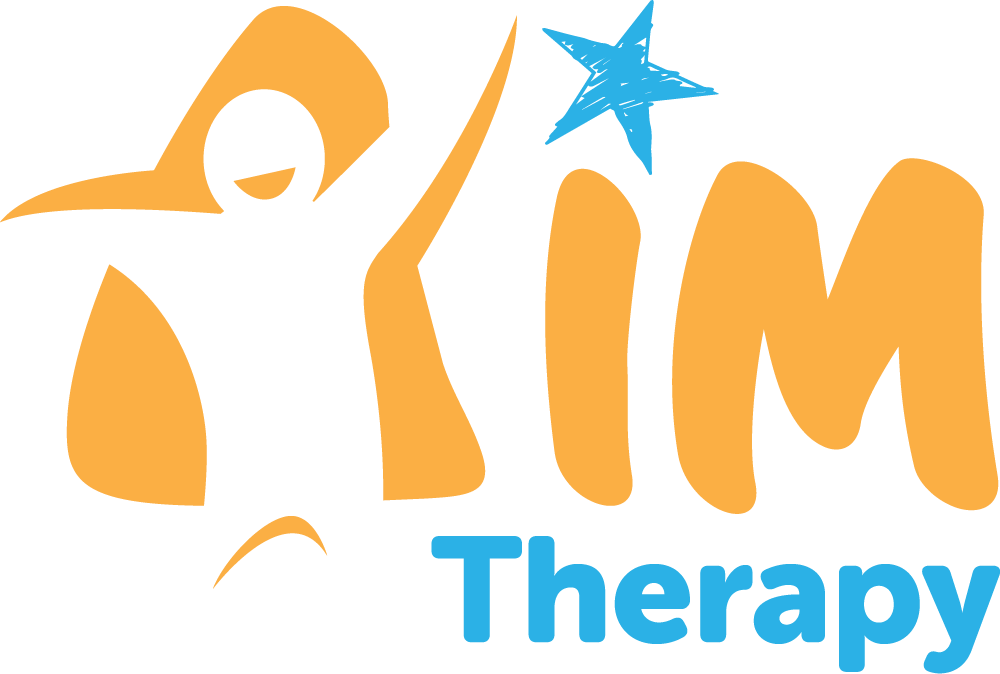Physiotherapy for Children with Developmental Hip Dysplasia
Developmental Hip Dysplasia (DDH) occurs when the hip joint fails to form properly which can hinder proper ongoing development and function. While commonly associated with infants, it can persist into childhood, and adulthood impacting on mobility and overall well-being. Early detection and management can optimise the ongoing development of the joint to prevent long term impact. Physiotherapy plays a crucial role in managing and treating developmental hip dysplasia in children, offering a holistic approach to enhance their overall function.
Understanding DDH
Developmental Hip Dysplasia occurs when the hip joint socket is not developed in an optimal shape, leading to instability or dislocation. In children this is primarily caused by genetic conditions and family history as well as due to in utero positioning limitations in newborns associated with factors like breech position, multiple babies ie twins and low fluid levels.
Early detection and intervention are crucial for effective management and improved outcomes. Most babies in Australia are screened for DDH at birth and at a 6 week checkup, however as this is a developmental condition it can occur later or initial mild dysplasia can be missed. If you have noticed any of the following in your child it would be recommended to have your child assessed.
- When changing nappies one leg doesn’t seem to move out as far as the other, or there are regular clunking or popping noises or unequal length of the legs.
- 1 leg consistently dragging when crawling
- Limping when walking or persistent waddling pattern beyond the early stages of walking
Physiotherapy Interventions
Early Diagnosis and Assessment:
Physiotherapists play a pivotal role in identifying hip dysplasia early on. Through a comprehensive assessment, they evaluate the child’s range of motion, muscle strength, and joint stability. Early detection allows for timely intervention and reduces the risk of long-term complications.
Customised Exercise Programs:
Tailored exercise programs are designed to address the specific needs of children with hip dysplasia. These exercises focus on strengthening the muscles around the hip joint, improving flexibility, and promoting overall joint stability and progressive development of gross motor milestones. Physiotherapists work closely with families to ensure consistency in the home exercise routine.
In some cases, devices like braces or splints may be required to provide additional support and encourage proper hip alignment. Physiotherapists can guide parents on positioning and activities that can be done while the brace is in place as well as input to prevent other issues from occurring due to the restriction of the brace such as development of a flat area of the head (Plagiocephaly) or tight neck muscles (Torticollis) and gross motor developmental delay.
Education and Support:
Physiotherapists serve as valuable sources of information and support for parents. They educate caregivers on the importance of regular exercises, proper positioning, and milestones to monitor. Empowering parents with knowledge contributes to effective at-home management of the condition.
For children dealing with Developmental Hip Dysplasia, through early detection, personalised interventions, and ongoing support, physiotherapists contribute significantly to overall well-being and long term development. The Physiotherapy team at AIM Therapy employs specialised interventions and personalised care to support children with Developmental Hip Dysplasia in achieving optimal mobility and musculoskeletal health. Contact us to learn more about our services.
